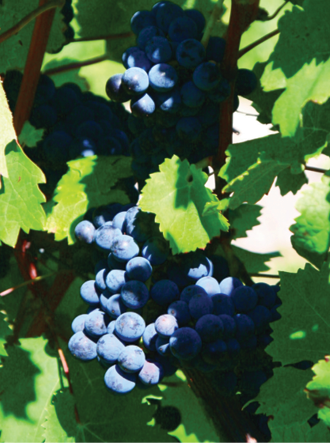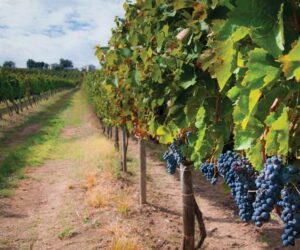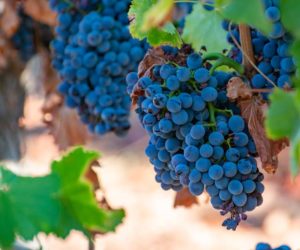
Cabernet Franc
“Adapting your techniques to the climate of a region is the essence of creative winemaking,” says Derek Wilber, one of the partners at Anthony Road Wine Co. In the cool climate of the Finger Lakes region, Cabernet Franc tends toward deep aromas of blackberry and currants. Mouthfeel, however, suffers if tannins are not carefully managed.
“Typically, red grapes are crushed and fermented on the skin and seeds to extract color, flavor, and tannins,” Wilber explains, “but in our climate, the same weather that creates desired fruit characteristics limits seed ripening. And since the skin and seed coats contain tannins, the lack of ripening means that the seed coat tannins remain harsh and undesirable.”
By comparison, Wilber says that warmer climates produce Cabernet Franc with less fruit characteristics but higher tannins because of riper seeds. And because seed tannins are alcohol soluble while skin tannins are water soluble, the difference in solubility allows for an opportunity to adapt your winemaking technique.
First, Wilber crushes the grapes in a cool environment to prevent the onset of alcoholic fermentation. He recommends using a three- to five-day cold soak in 50° F (10° C) water for this purpose, with the soak extracting the desirable skin tannins.
Next, warm the grapes to 75° F (24° C) and inoculate them with yeast. Allow fermentation to proceed for five to seven days at a maximum temperature of 86° F (30° C). Then, press them before seed tannins are extracted.
At the end of fermentation, rack the wine to barrels and inoculate it with malolactic bacteria to reduce acidity. Over the course of several months – Wilber does this during the winter – rack the wine several times to aid in clarification and maturation.
Prior to bottling, Wilber blends his Cabernet Franc with Cabernet Sauvignon to add complexity. “The result is a wine with a soft, rich structure and fruit,” he says.
Quality Juice
How do you know the grape juice is of good quality?
- Ideally you should see the grapes before pressing, and they should be free of mold and rot and have consistent olive to amber color for white wines and even dark color for reds.
- The juice should not be dark brown; this is a sign of oxidation.
- The juice should not smell unripe, meaning herbaceous or grassy.
- The juice should have a small amount of sulfites added to prevent wild yeast fermentation. Cultured yeast cells are acclimated to sulfites to give them a head start in beginning fermentation.
- The juice should not taste bitter. Bitterness is a sign of hard pressing and extraction of bitter components from the skins of grapes. If you can taste bitterness despite the sugar present in the juice, the finished wine will taste very bitter.




